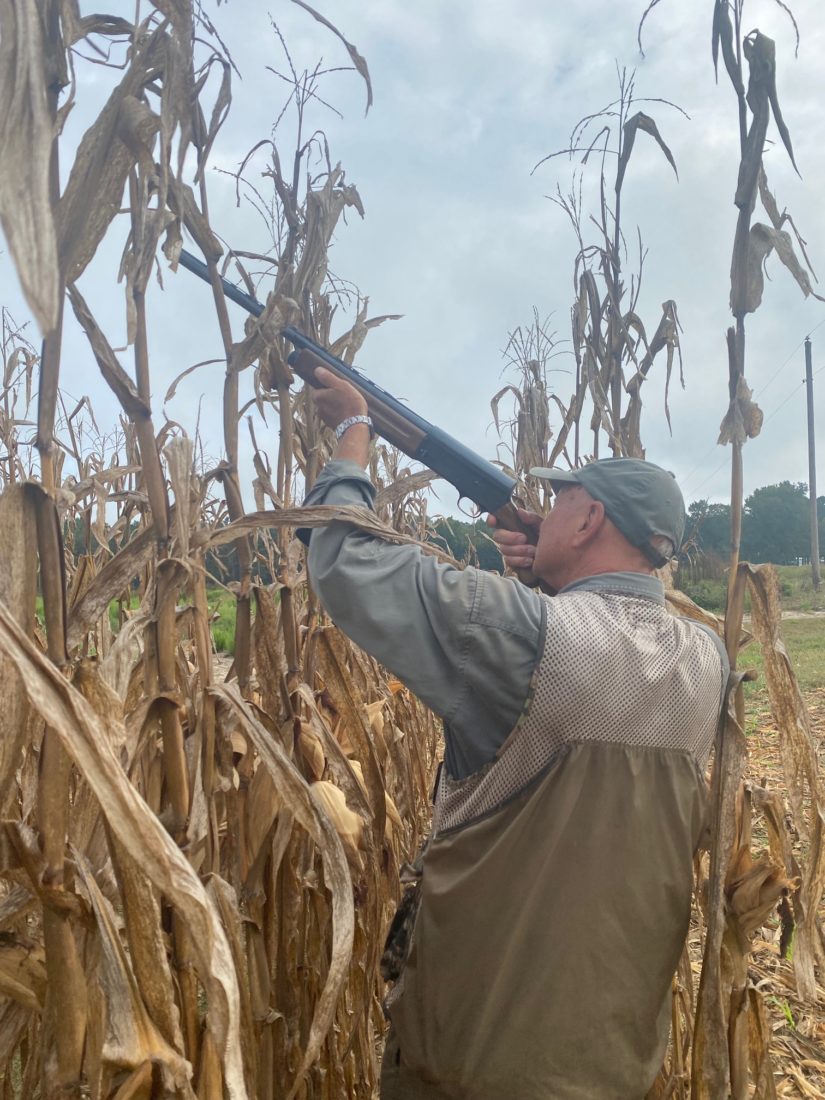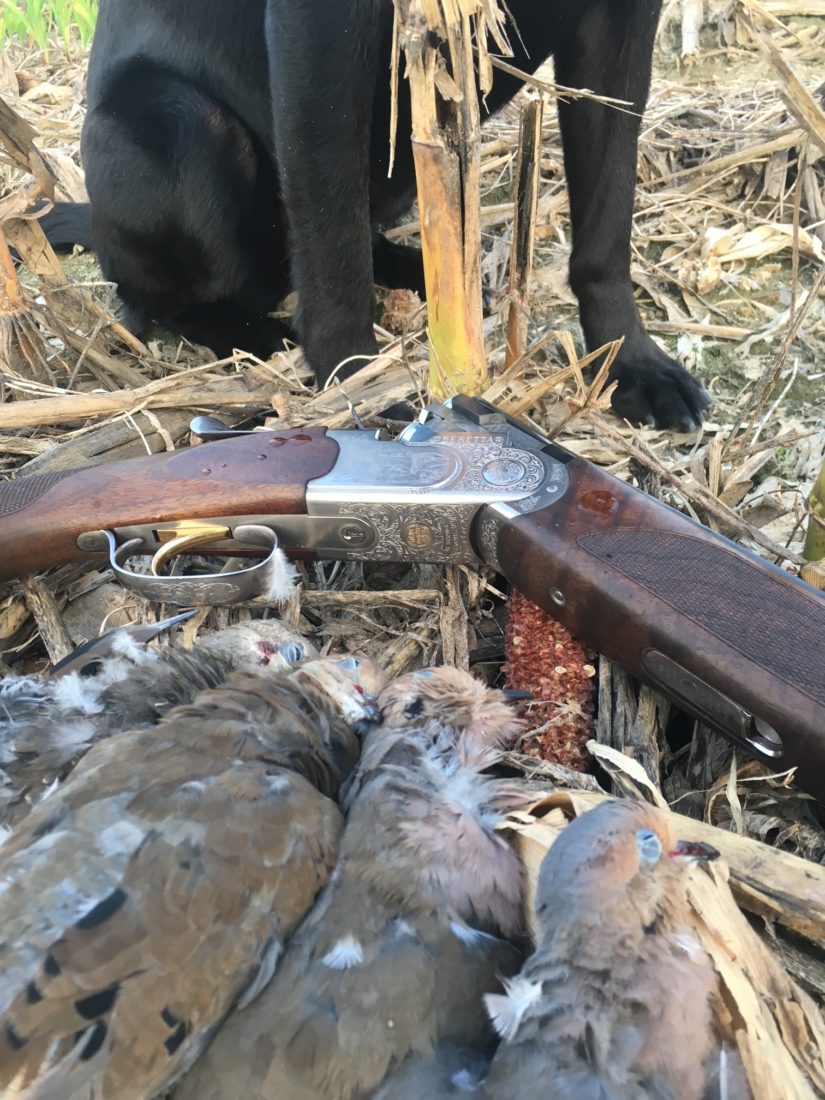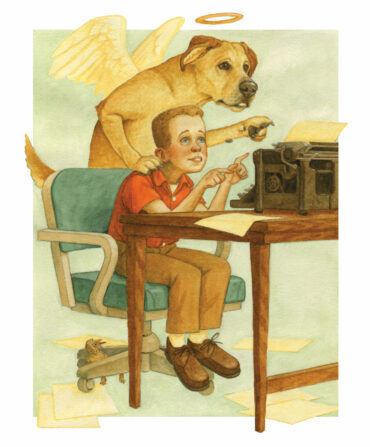Well now. You’ve just whiffed on the last three birds, and the monkey on your back is weighing you down. You need a wing-shooting reboot pronto. Perhaps you’ve acted on all the time-honored advice: You’ve patterned your shotgun, fine-tuned the fit, and burned up a few thousand clay targets at the skeet range. Or maybe you didn’t. Either way, you don’t have time for a twelve-step program to hitting your marks. You need some field shooting first aid right this very minute, before the next flock shows up. We’ve all been there, be it in a dove field or a duck blind, and these three tips will help you recover your shotgun mojo right now.

Take a Break
So much about good field shooting is rooted in confidence. That’s one reason I, and a lot of hunters, are such streaky shooters. We get on a roll, downing three or four or five birds without a miss. And then we stink it up in streaks. If you find yourself shooting more poorly than you (honestly) know you are capable, take a break. Walk back to the truck, sit back in the blind, enjoy your surroundings, and don’t touch a gun for fifteen minutes or so. Rebooting your brain can help snap a losing streak.
Taking a break also goes for taking a temporary field break from your shooting pals. Dove and duck hunting can be very social pursuits, and if you’re not shooting well, you might quickly start fretting about what your companions think, which leads to a loss of focus and confidence. The fact that they’re howling over your misses probably doesn’t help. I once went zero for twenty-two because I was sitting beside the landowner and got more uptight with each empty trigger pull. He finally left—disgusted, most likely—and I then shot eleven doves with eighteen shots. A large portion of shooting well is a mental game, and that man was in my head space. Find another corner of the field or piece of marsh, and pull yourself together.
Double Your Lead
There’s an old saying that suggests it’s very difficult to lead a flying bird too much, especially a screamer like a mourning dove. If you’re having a hard time connecting, put that adage to the test. Double your lead. This can be super effective whether you shoot with a swing-through method or a sustained lead. For sure, how much to lead a bird varies widely, and it changes from shot to shot based on the bird’s direction of flight, angle from the shooter, and speed. But forget all that. Double your lead and you’ll likely find your way back to a shooting groove.

Swap Guns
Here’s my secret sauce for helping hunting companions who are struggling in the field: Shoot my gun, and I’ll shoot yours. I employed this just last week, when a buddy was missing birds and sinking lower and lower into a dove field funk. He questioned his shells, his choke, his gun, his lead, you name it. I threw him a lifeline, couched in a lie. “Maybe it’s your gun,” I said. “Try mine for a while. Maybe it’ll fit you better.”
My pal went four in a row on doves. Perhaps my gun fit him better, but I doubt it. More likely, trying something new flipped a mental switch. It helped his body and mind slip back into the old muscle memories that lead to good shooting. I suspect if he had picked up his again, he would have shot just fine, though there was no way he was handing over my shotgun at that point, and that was fine, too. Did my pal shoot better because he shot my gun? I have no idea. But I’m betting he’ll shoot his gun better the next time. Success begets success, and it often follows when you employ just one of these tricks in the field.
Follow T. Edward Nickens on Instagram @enickens.








